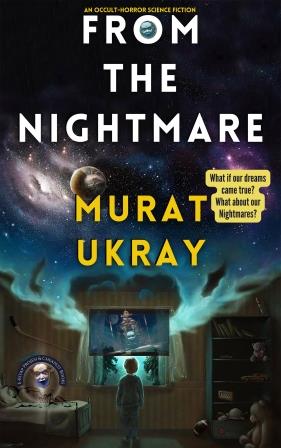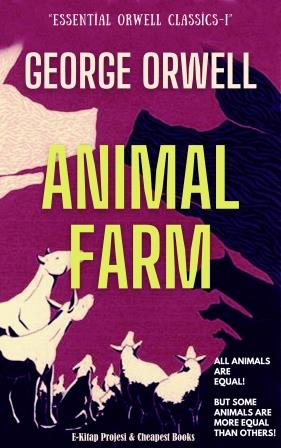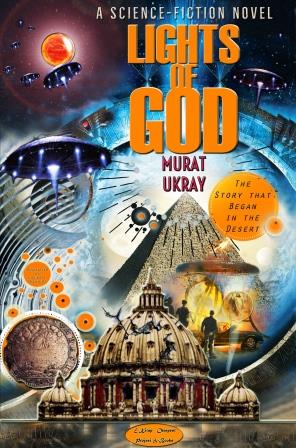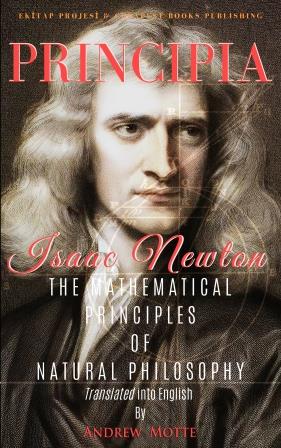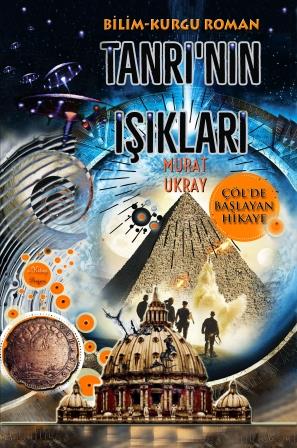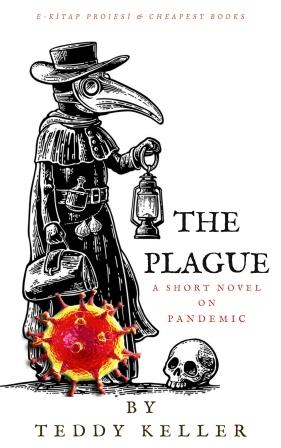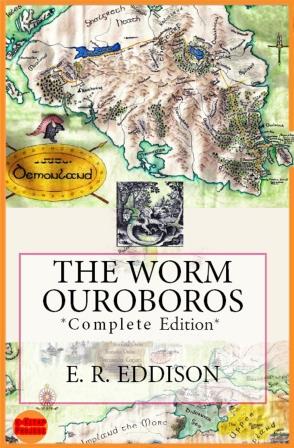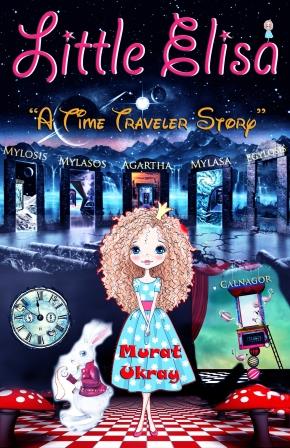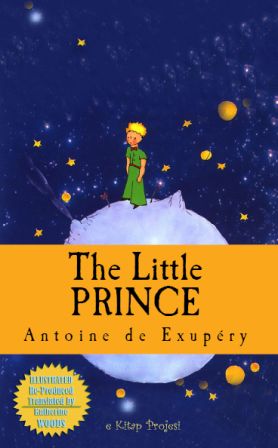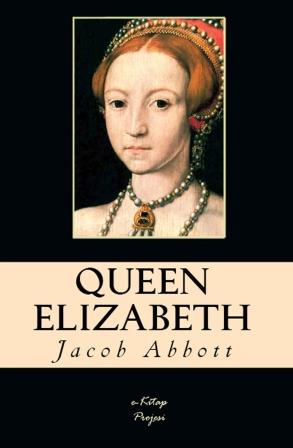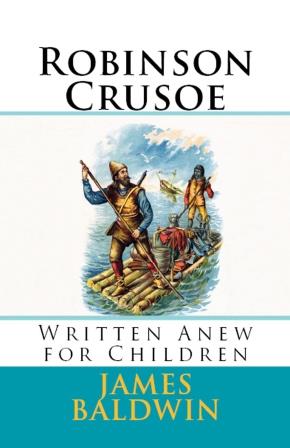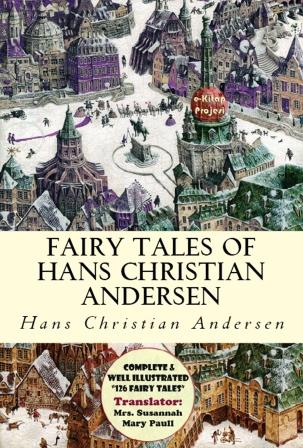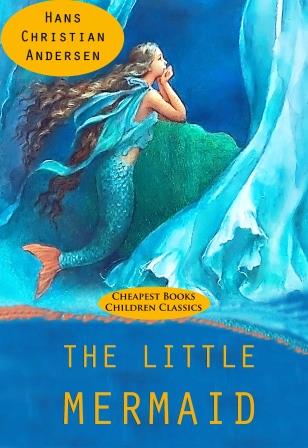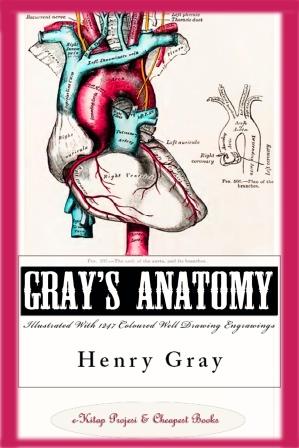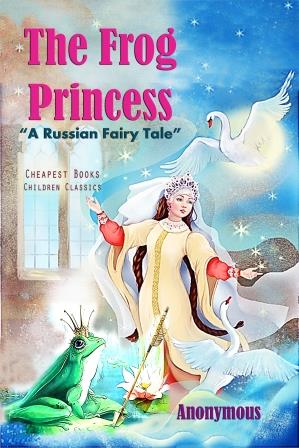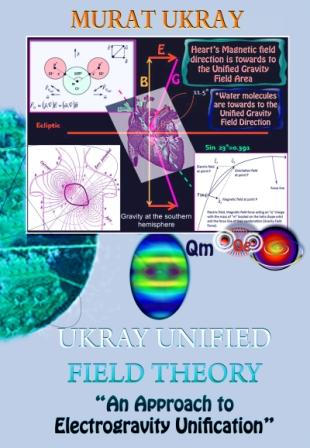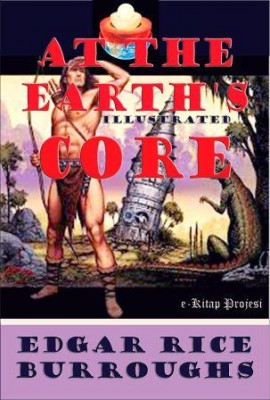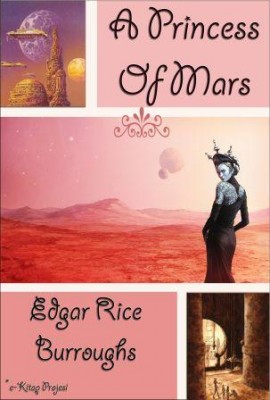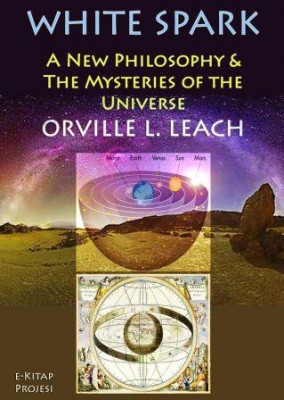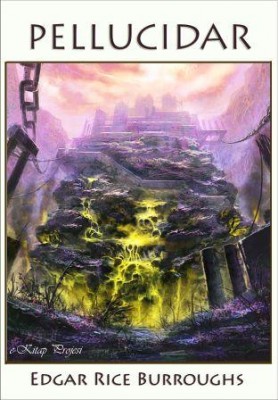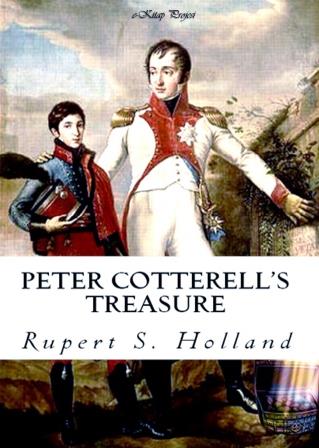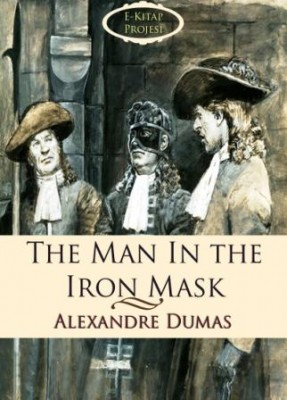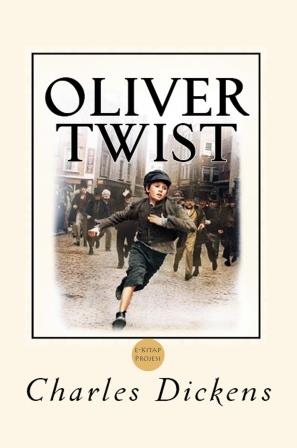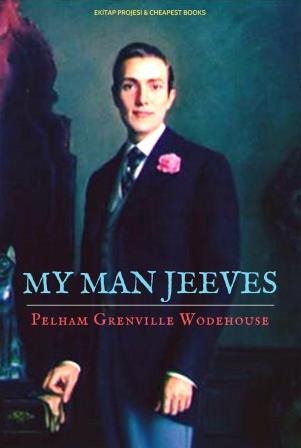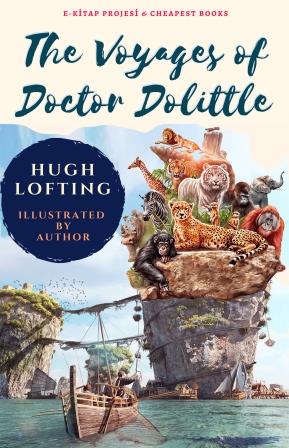More Search Results...

At the Earth’s Core
At the Earth's Core is a 1914 fantasy novel by Edgar Rice Burroughs, the first in his series about the fictional "hollow earth" land of Pellucidar. It first appeared as a four-part serial in All-Story Weekly from April 4–25, 1914. It was first published in book form in hardcover by A. C. McClurg in July, 1922.
Short summary:
The author relates how, traveling in the Sahara desert, he has encountered a remarkable vehicle and its pilot, David Innes, a man with a remarkable story to tell.
A Princess of Mars
A Princess of Mars (1917) is a science fantasy novel by Edgar Rice Burroughs, the first of his Barsoom series. Full of swordplay and daring feats, the novel is considered a classic example of 20th century pulp fiction. It is also a seminal instance of the planetary romance, a sub-genre of science fantasy that became highly popular in the decades following its publication. Its early chapters also contain elements of the Western. The story is set on Mars, imagined as a dying planet with a harsh desert environment. This vision of Mars was based on the work of the astronomer Percival Lowell, whose ideas were widely popularized in the late 19th and early 20th centuries.
More info →White Spark
In his final years he aspired to publish his fringe beliefs. Here is the cover of his loon-tastic 84-page “handbook of the Millennium” The White Spark (1920)…
More info →Pellucidar
Pellucidar is a fictional Hollow Earth milieu invented by Tarzan creator Edgar Rice Burroughs for a series of action adventure stories. In a notable crossover event between Burroughs' series, there is a Tarzan story in which the Ape Man travels into Pellucidar.
The stories initially involve the adventures of mining heir David Innes and his inventor friend Abner Perry after they use an "iron mole" to burrow 500 miles into the Earth's crust. Later protagonists include indigenous cave man Tanar and additional visitors from the surface world, notably Tarzan, Jason Gridley, and Frederich Wilhelm Eric von Mendeldorf und von Horst.
Peter Cotterell’s Treasure
Peter Cotterell’s Treasure (1922) This book, re-edited and illustrated by e-kitap projesi and published again in ebook format. In this book, telling that Cooterell’s adventures, and so was a treasure adventure, Naturally then Ben felt that this puzzle of Peter Cotterell’s treasure was right in his line, and the finding of the half-sheet of parchment whetted his appetite to discover more. He walked about the room, whittling shavings right and left, he sat down and kept on whittling, he stood up again, and since by now the willow-stick had been whittled down to almost nothing, he threw what was left in the fireplace. That done, he went to a bookcase and took down from the shelf on top the old notebook that Tuckerman had found in his uncle’s bedroom. He shook his head in deep thought. “I don’t understand why that piece of parchment wasn’t discovered before. Probably it didn’t tell them any more than it’s told us so far.”
More info →The Man In the Iron Mask
The Vicomte de Bragelonne (Etext 2609): It is the year 1660, and D'Artagnan, after thirty-five years of loyal service, has become disgusted with serving King Louis XIV while the real power resides with the Cardinal Mazarin, and has tendered his resignation. He embarks on his own project, that of restoring Charles II to the throne of England, and, with the help of Athos, succeeds, earning himself quite a fortune in the process. D'Artagnan returns to Paris to live the life of a rich citizen, and Athos, after negotiating the marriage of Philip, the king's brother, to Princess Henrietta of England, likewise retires to his own estate, La Fere. Meanwhile, Mazarin has finally died, and left Louis to assume the reigns of power, with the assistance of M. Colbert, formerly Mazarin's trusted clerk.
More info →The Waves
Overview
The Waves, first published in 1931, is Virginia Woolf's most experimental novel. It consists of soliloquies spoken by the book's six characters: Bernard, Susan, Rhoda, Neville, Jinny, and Louis.
Also important is Percival, the seventh character, though readers never hear him speak in his own voice. The soliloquies that span the characters' lives are broken up by nine brief third-person interludes detailing a coastal scene at varying stages in a day from sunrise to sunset.
As the six characters or "voices" speak Woolf explores concepts of individuality, self and community. Each character is distinct, yet together they compose (as Ida Klitgard has put it) a gestalt about a silent central consciousness.
Oliver Twist
In 1837, the first installment of Oliver Twist appeared in the magazine Bentley’s Miscellany, which Dickens was then editing. It was accompanied by illustrations by George Cruikshank, which still accompany many editions of the novel today. Even at this early date, some critics accused Dickens of writing too quickly and too prolifically, since he was paid by the word for his serialized novels.
More info →My Man Jeeves
My Man Jeeves is a collection of short stories by P. G. Wodehouse, first published in the UK in May 1919 by George Newnes. Of the eight stories in the collection, half feature the popular characters Jeeves and Bertie Wooster, while the others concern Reggie Pepper, an early prototype for Wooster.
More info →The Voyages of Doctor Dolittle
The Voyages of Doctor Dolittle was the second of Hugh Lofting's Doctor Dolittle books to be published, coming out in 1922.
More info →
